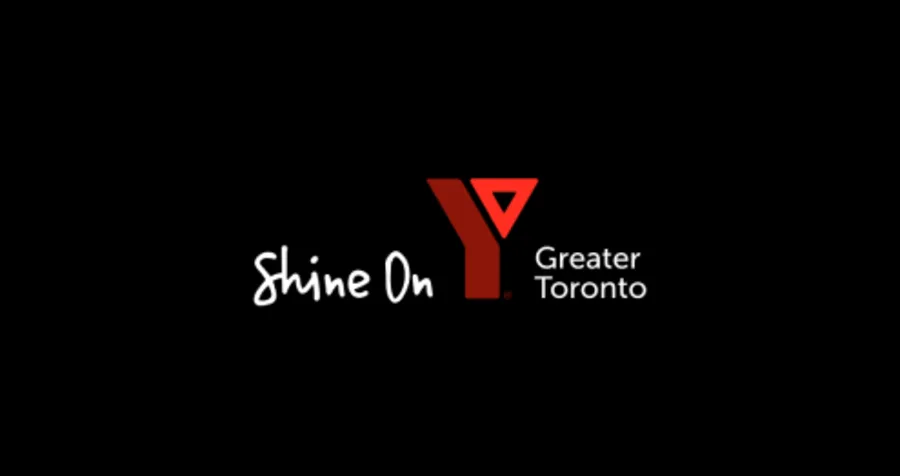Pine Crest Leadership campers connect with First Nations communities

Every summer, hundreds of teens sign up for Leadership Programs at YMCA Camp Pine Crest to develop leadership skills, self-awareness, and a better understanding of the world around them. Canoe trips are a huge teaching tool and this year I had the opportunity to be a one of the leaders for a canoe expedition on the Albany River with a group of 16-year-old campers. The Albany River, one of Canada’s longest at 982 kilometres, flows across northern Ontario, dropping 317 vertical meters into the Hudson Bay lowlands and ultimately James Bay. In addition to the beautiful lakes and waterfalls that dot the river, the Albany has been home to many of Canada’s Indigenous people for thousands of years.
While our group knew that the entire experience — including the landscape, canoeing, wildlife, and opportunity to work as a team — would be life-changing, our interactions with First Nations communities along the river had an especially profound effect on all of us.
Before starting our journey, we contacted the Band offices of First Nations along the river and asked for their blessing to paddle the river, and pass through their territory. Through these calls, we were also able to organize visits to Eabemetoong First Nation (Fort Hope), and Fort Albany First Nation.
After nine days of paddling we arrived at Eabemetoong First Nation where we were greeted by Paul Holcroft, the Tourism Coordinator for Fort Hope. As Paul toured us around the community, he taught us about their history, Treaty 9, and how Fort Hope came to occupy its current territory. We were able to see their school and stores, but most importantly the construction of their new water treatment facility and their community farm. We learned that these two projects are essential for the self-sufficiency of the community. Without them, Fort Hope does not have clean drinking water — they had been under a boil water advisory for decades — nor do they have access to fresh and affordable produce. The community aims to build the farm to the point that they can sell produce to neighboring communities as well.
Leaving Fort Hope, we resumed our paddle, traveling 550 kilometres to Fort Albany First Nation. Fort Albany is an Eastern Swampy Cree First Nation with a population of about 3,000 people. There, we met Edmund Metatawabin, a former chief and residential school survivor who we felt as if we already knew. In 2014 Ed wrote a book titled Up Ghost River, a memoir on his early life spent in residential school and the impact it had on his life. Throughout our trip we had read Ed’s book around the campfire, learning about his life, his struggles, and stories that took place on the very river we paddled.
Ed and his wife Joan were fantastic hosts, sharing a feast of smoked geese, moose stew, and bannock, a traditional bread. The next day we shared breakfast while Ed taught us about sustainability through Cree philosophy: how it is crucial to be able to tell a tree why you are cutting it down before you do, to use only what you need. We were lucky to experience this philosophy in action as Ed invited us to help him build a sweat lodge on his property. Ed showed us how to collect the willow branches, build the structure, and make a tobacco offering as thanks. He taught us that it was important to always thank Mother Earth for allowing us to make use of her.
Experiences like this will help us move forward as Canada progresses toward truth and reconciliation. These unique community interactions provided participants with contemporary understandings of life on First Nations reserves. They are able to better understand the struggles that First Nations people deal with in Ontario, while also experiencing the generosity, openness, and friendliness that is often left out of stereotypes. “While visiting Fort Albany and Fort Hope I got to experience Canada from an entirely new perspective that I could have never done in a classroom,” said Adam Walmsley, a grade 11 student from Guelph.
I have already seen the lingering effect of these cultural experiences. In September, one month after the trip ended, our group decided to attend TIFF together to watch Through Black Spruce, a film interpretation of Joseph Boyden’s book by the same name. The best part: Ed was one of the actors in the film! After the show, we met up with Joan to reconnect and share stories about how the learnings and experiences we had in First Nations communities have continued to shape our lives back home.
As a group we would like to thank Paul Holcroft, Ed Metatawabin, and Joan Metatawabin for hosting us during our time in Fort Hope and Fort Albany. We would also like to thank the Ojibway nation of Eabemetoong First Nation, Marten Falls First Nation and the Cree Nation of Fort Albany First Nation for allowing us to pass through their traditional territories during our adventure.










